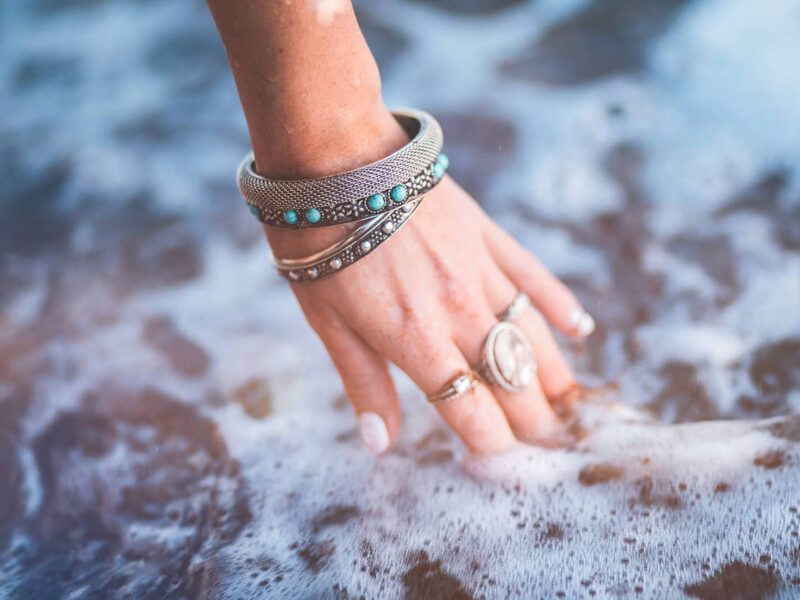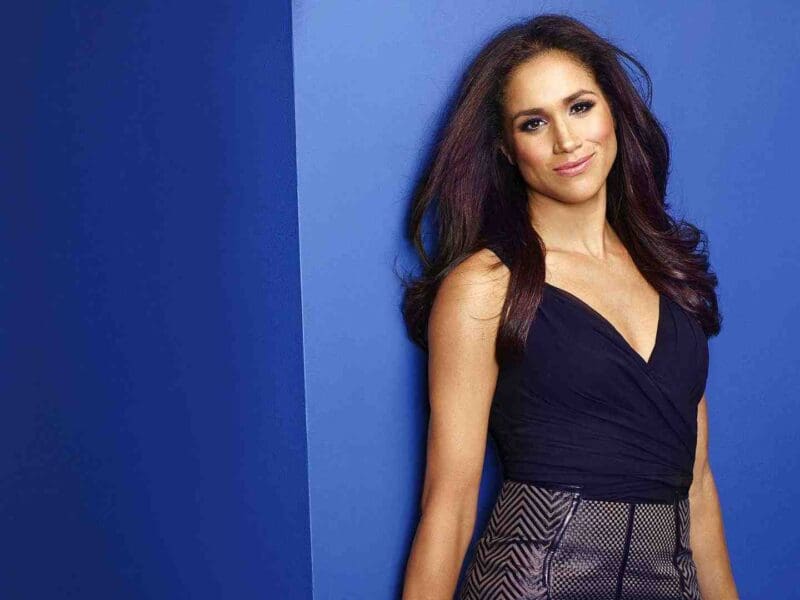
Diamond Engagement Ring Settings Guide
Diamonds have always enjoyed one of the highest degrees of fame and popularity, especially amongst women. From being used in simple forms of jewelry in ancient times to their modern arrangements, diamonds have survived every trend and fashion in the jewelry world and emerged as one of the most powerful variants in the category of precious gemstones.
People all around the world don diamond jewelry for many reasons varying from no occasion to engagements, weddings, and anniversaries.
For couples who are about to be married soon, an important event in the process of starting a prosperous and joyful married life includes having a proposal that is deemed perfect in the eyes of the couple. The primary element of a perfect proposal has always been an impeccable engagement ring, like one from Francesca Jewellery setting embedded with a diamond that suits the bride’s profile and preferences and is approved by the groom.
Even though this process was much easier in the olden times wherein a simple apple would suffice for the purpose of declaring one’s love for another, modern times are a lot more complex and profound wherein the choosing of a diamond engagement ring is often a daunting and complicated process wherein one has to choose the most suitable ring setting and diamond for their partner.
However, it becomes a lot easier if the customer refers to a guide regarding diamonds and ring settings. And the article here is aimed at helping its readers with an important aspect of engagement rings which is the ring setting.
With the following list of ring settings, customers can now be aware of all the options available to them and choose according to their personal preferences.
Pave Setting
Pronounced as ‘pa-vay’, the pave setting is a type of design in engagement rings wherein the shank of the ring is studded with small diamonds which are held together in place with metal prongs or beads, giving the appearance of a line of diamonds since they are all positioned continuously next to each other.
The metal prongs or beads are barely visible and hence the diamonds are always in the spotlight, leading to an addition of that extra ounce of sparkle and excitement to an engagement.
Cluster Setting
A cluster setting is one such type of ring which is made of a cluster of diamonds as the name suggests. These diamonds are set in close proximity to each other in order to resemble a larger diamond. Although this setting mostly contains a group of diamonds of the same size, a large center stone may also be present.
If present in the cluster form, then the diamonds are arranged in a geometric figure such as a square or circle or sometimes an uncommon design such as a flower or a starburst. Several cluster rings are also made with an antique touch. The ring’s peculiar design ensures some extra sparkle and a fascinating character and style. This effect is created due to the smaller stones which complement each other.
Tension Setting
Sleek, contemporary, and unique, the Tension setting consists of a metal band that holds the diamond in place which leads to the diamond appearing as if it has been suspended between the two borders of the ring’s shank. This support system is created without using any prongs or surrounding the stone with metal. Hence, a comparable look is created at much fewer prices.
Bar Setting
The name is derived from the appearance of the bar setting which includes two bars that border a center stone from either side. These vertical bars secure a diamond or a cluster of diamonds from the two sides while leaving an ample amount of space for the passing of light through the diamonds in order to maximize their brilliance.
This also gives the illusion of the diamond set floating feebly between the two metal strips, which is however entirely untrue since the diamonds are held quite securely by the concealed grooves in the metal that holds onto the stone tightly at the widest point. The entire design thus looks fragile yet is highly stable and creates a mesmerizing and minimalistic effect.
Flush Setting
This setting consists of a diamond positioned inside the hole drilled into the band of the ring hence, the name suggests how the precious stone sits “flush” with the ring’s band. Therefore, the diamond will not protrude as it does in many other settings. The stone needs to stay secure in the setting and this is done by the jeweler by hammering the metal that surrounds the diamond.
Prong Setting
The most traditional and classical ring setting is called a prong setting. A prong is a small metal claw that firmly holds the diamond, locking it in place. The prongs can be rounded, pointed, flat or V-shaped (the latter being the most common for princess-cut diamonds.
Most prong configurations have either four or six prongs; with the former, one can see more of the diamond, but the latter is more stable. The advantage of this environment is that there is low involvement of metal to allow more diamonds available.
Conclusion Thoughts
Hence, with such fantastic options available to the public regarding engagement ring settings, the process sure does become easier wherein customers just have to make a choice amongst the given options by relying on their intuition and advice of a jeweler. With personal preferences, likes and dislikes kept strictly in mind, here for choosing the perfect ring setting is not so hard anymore.







